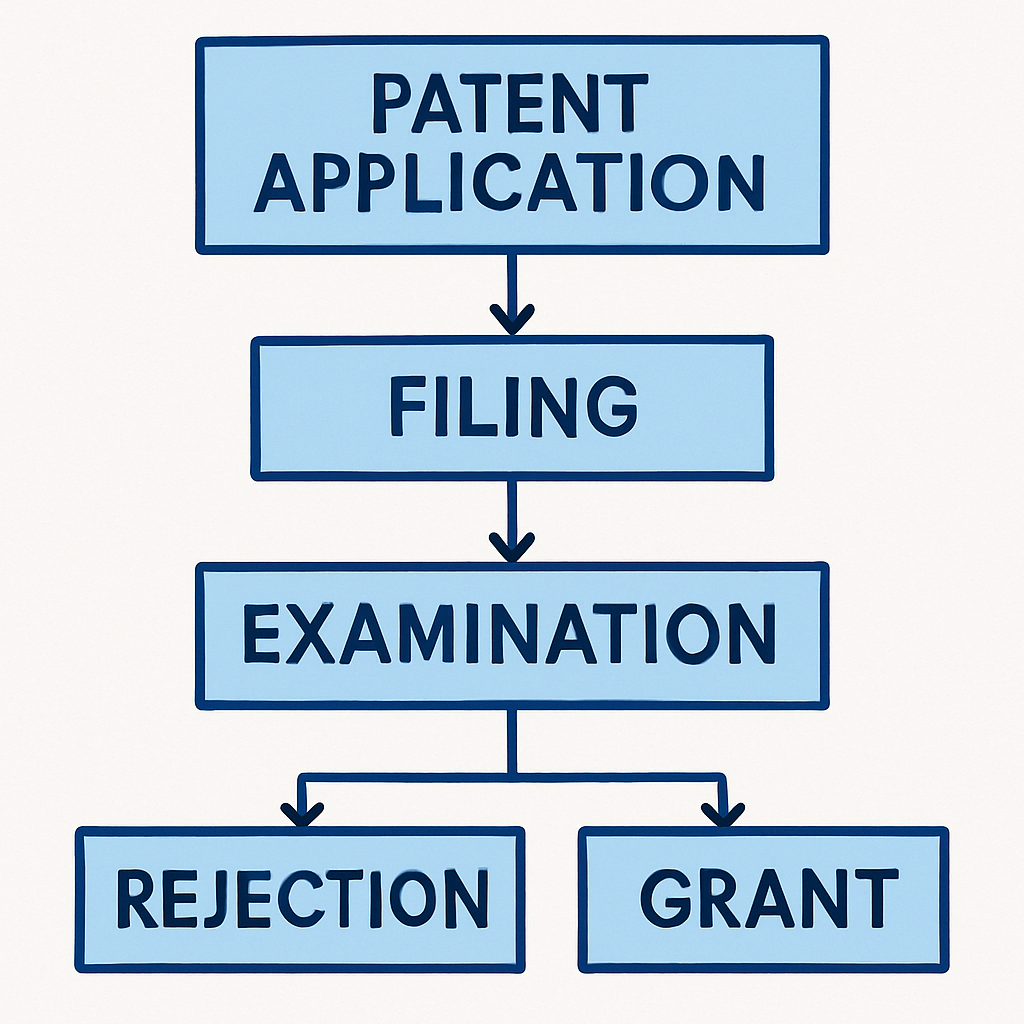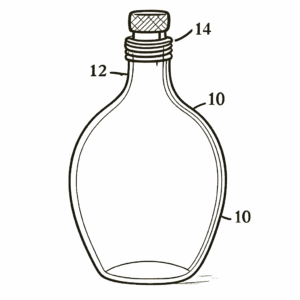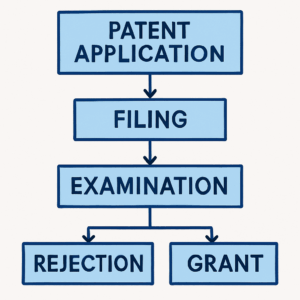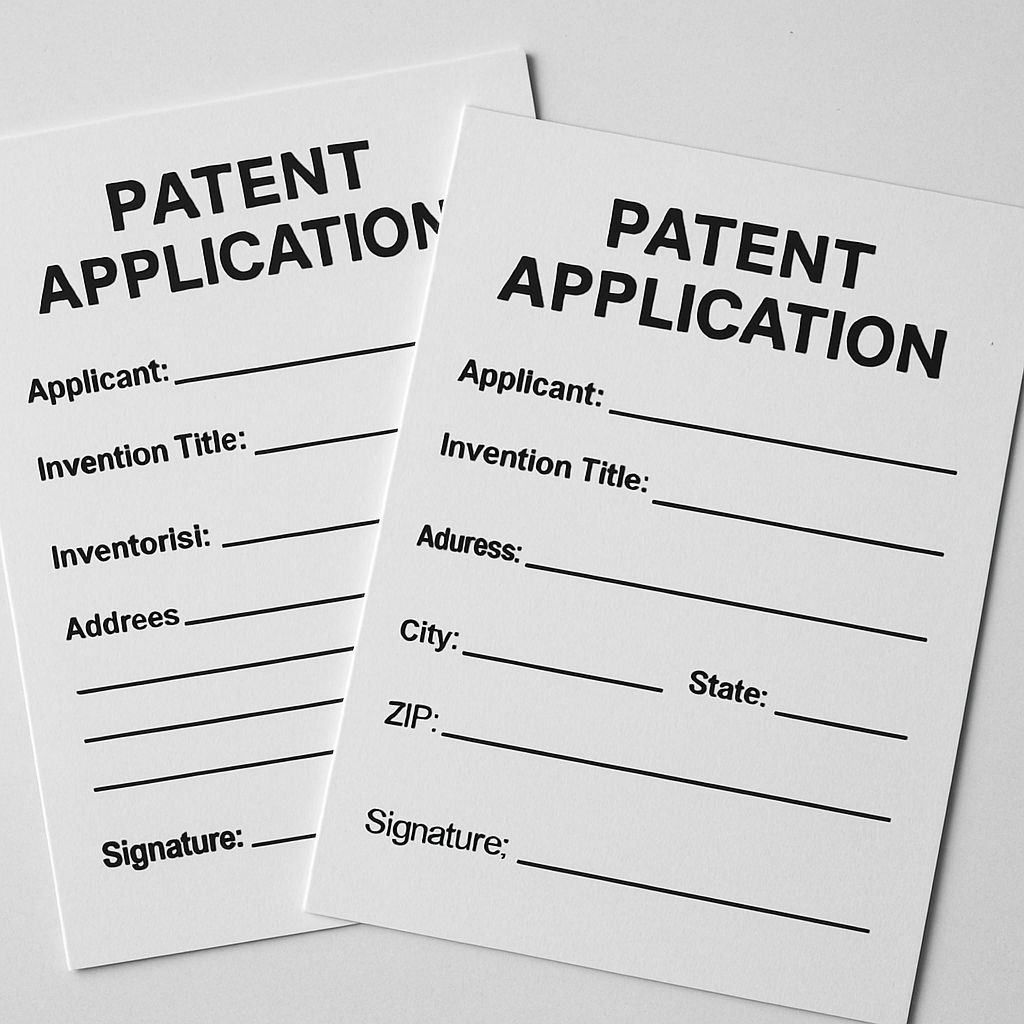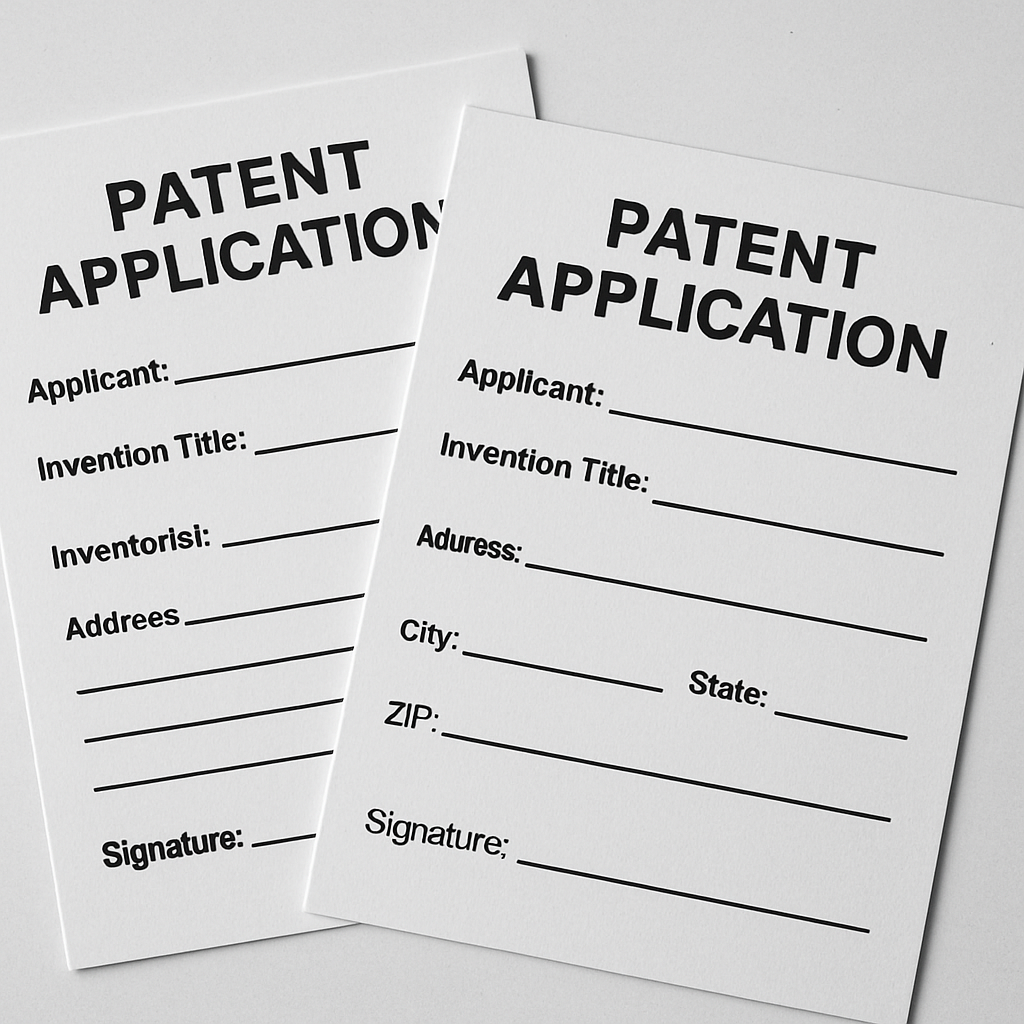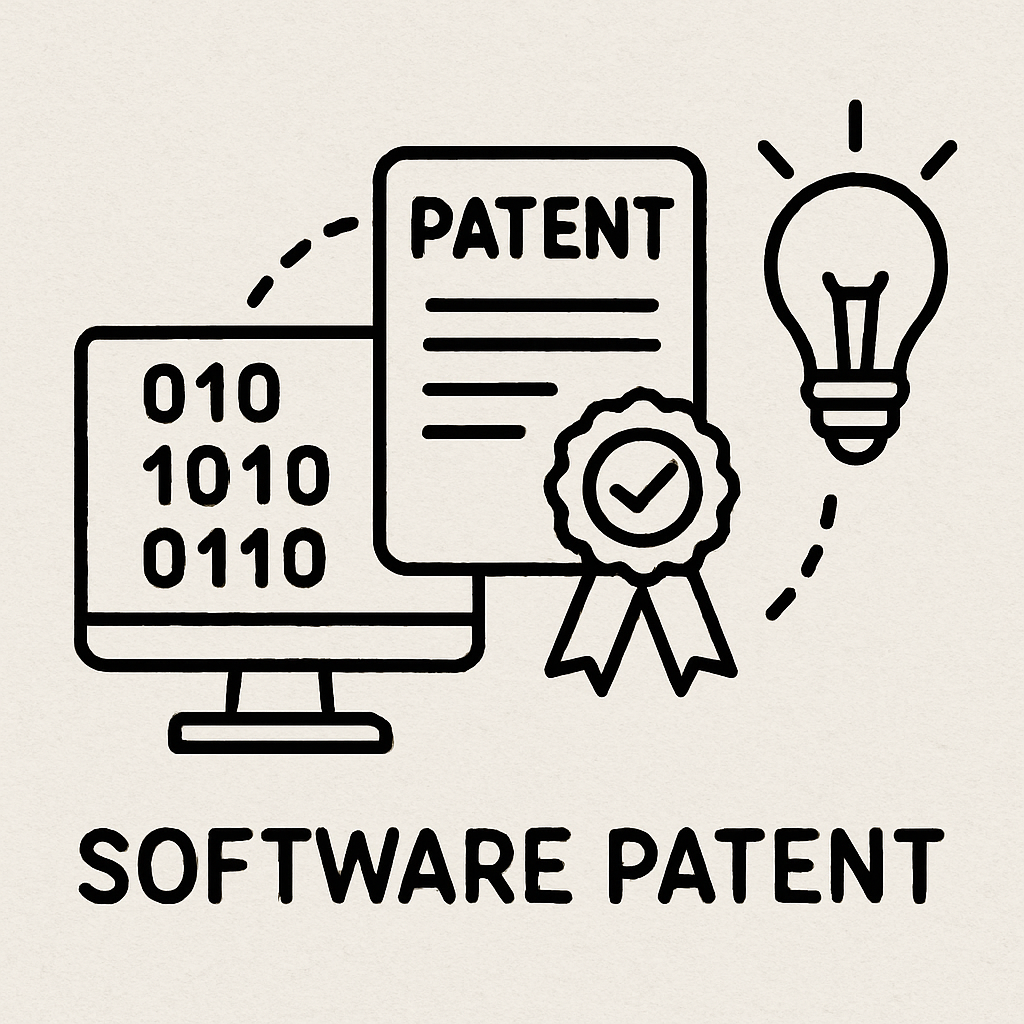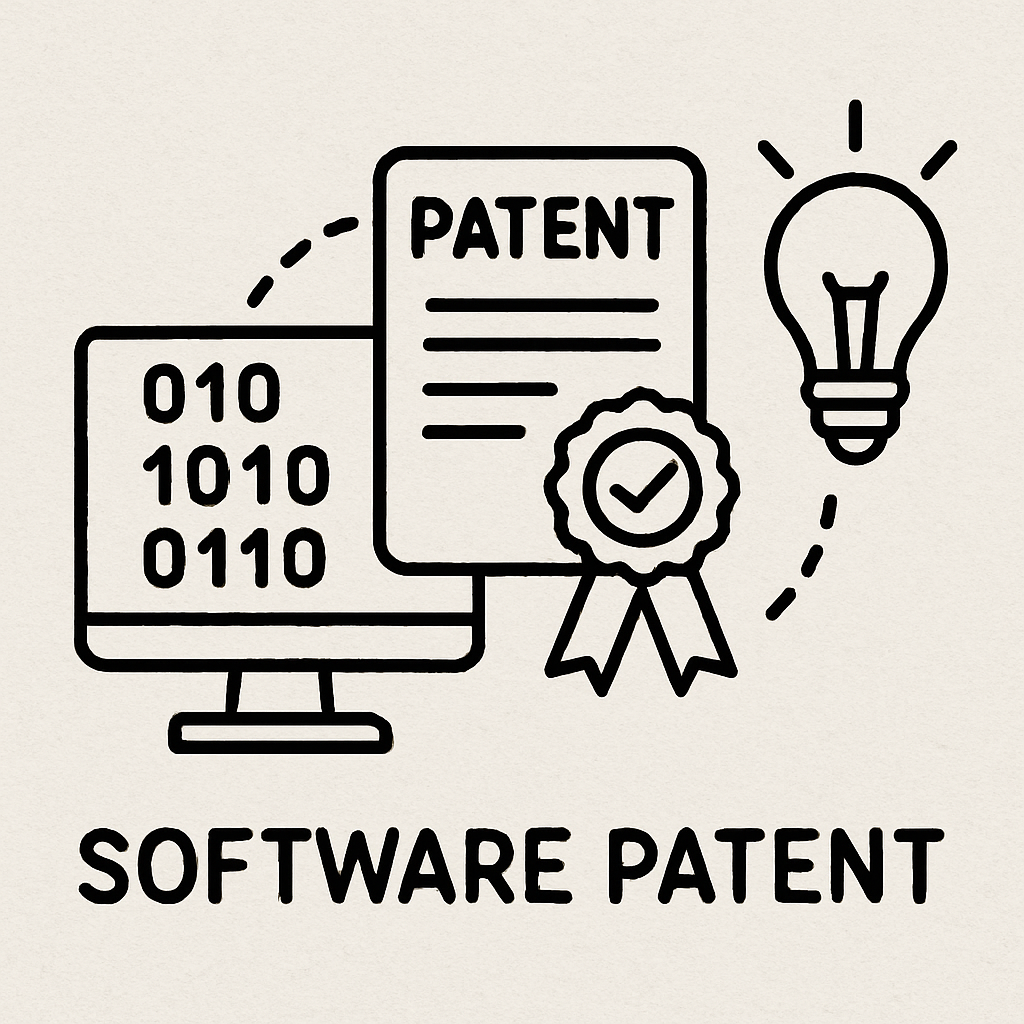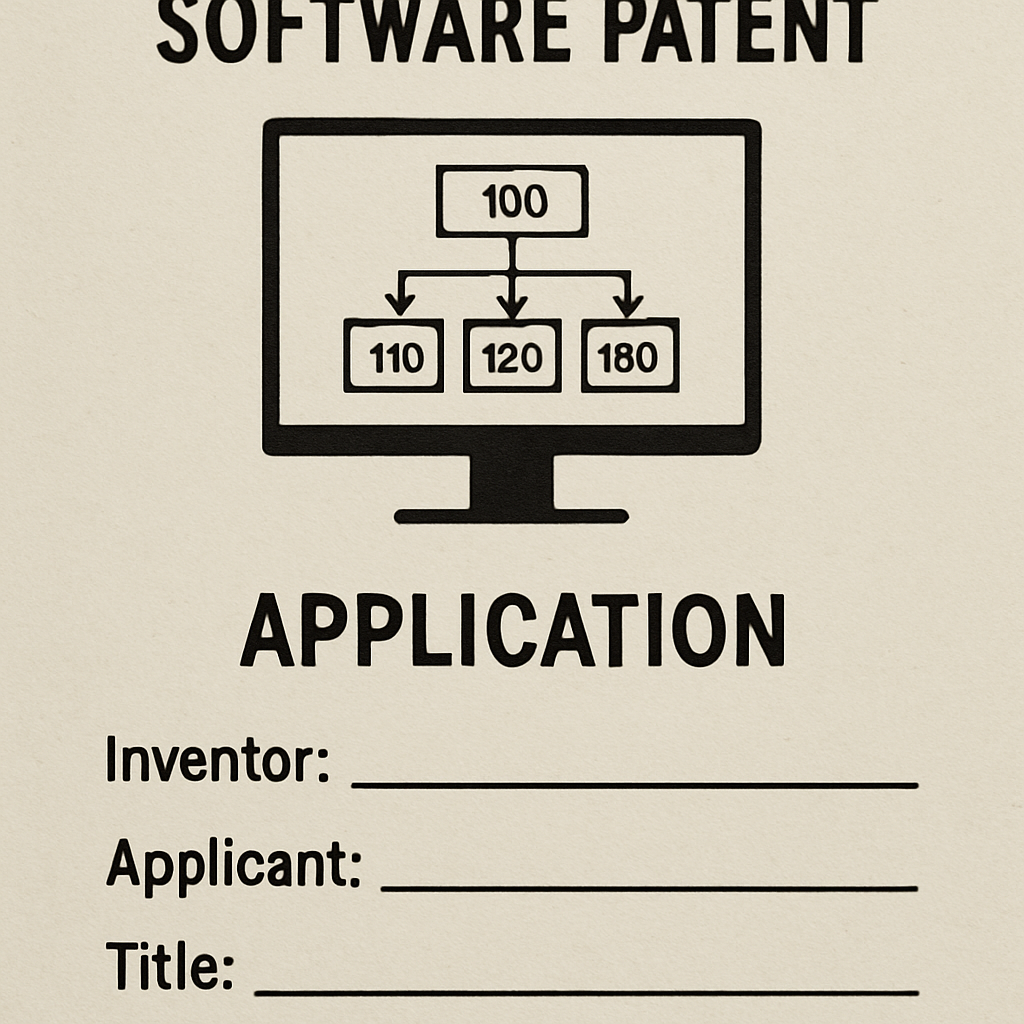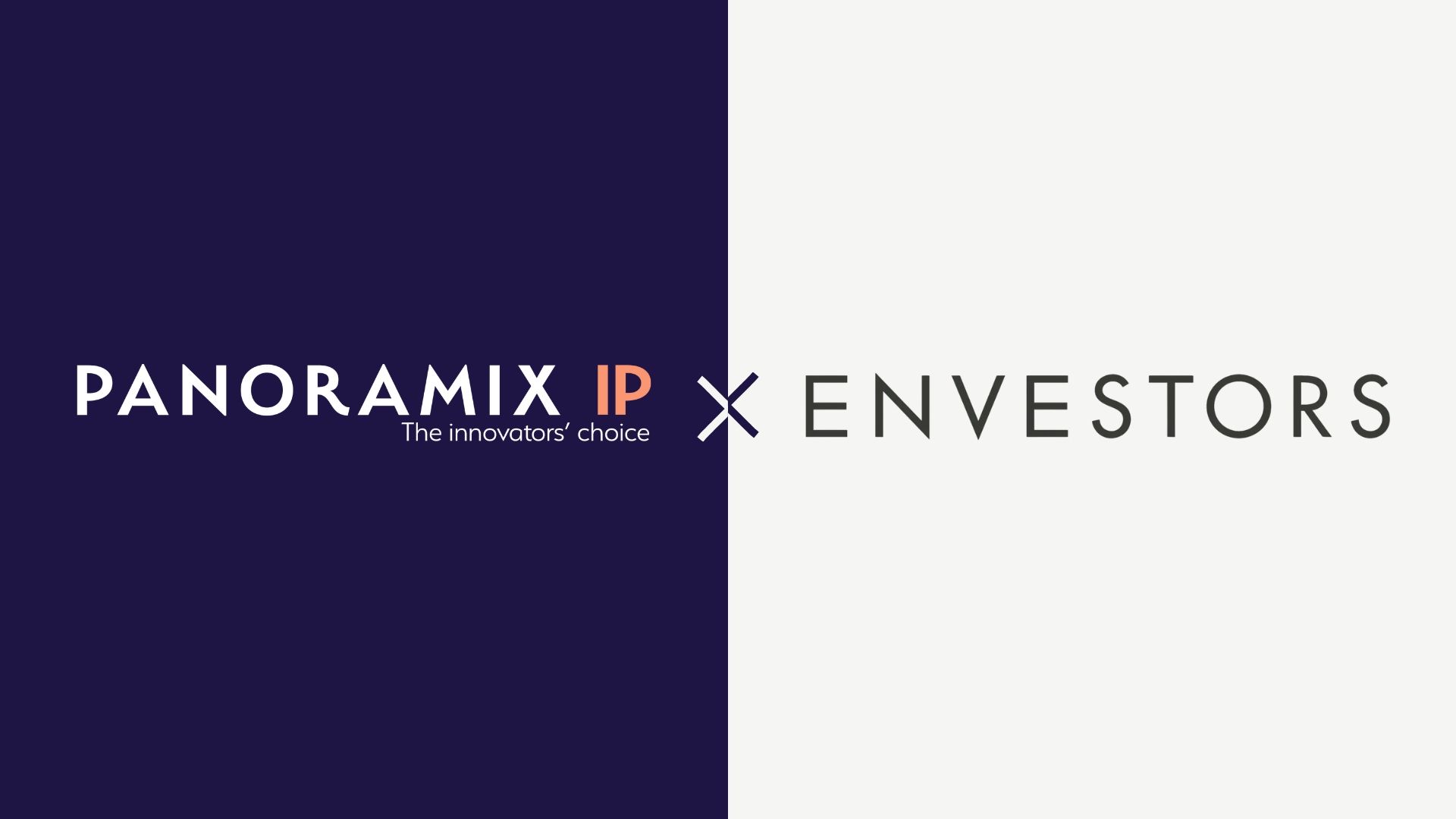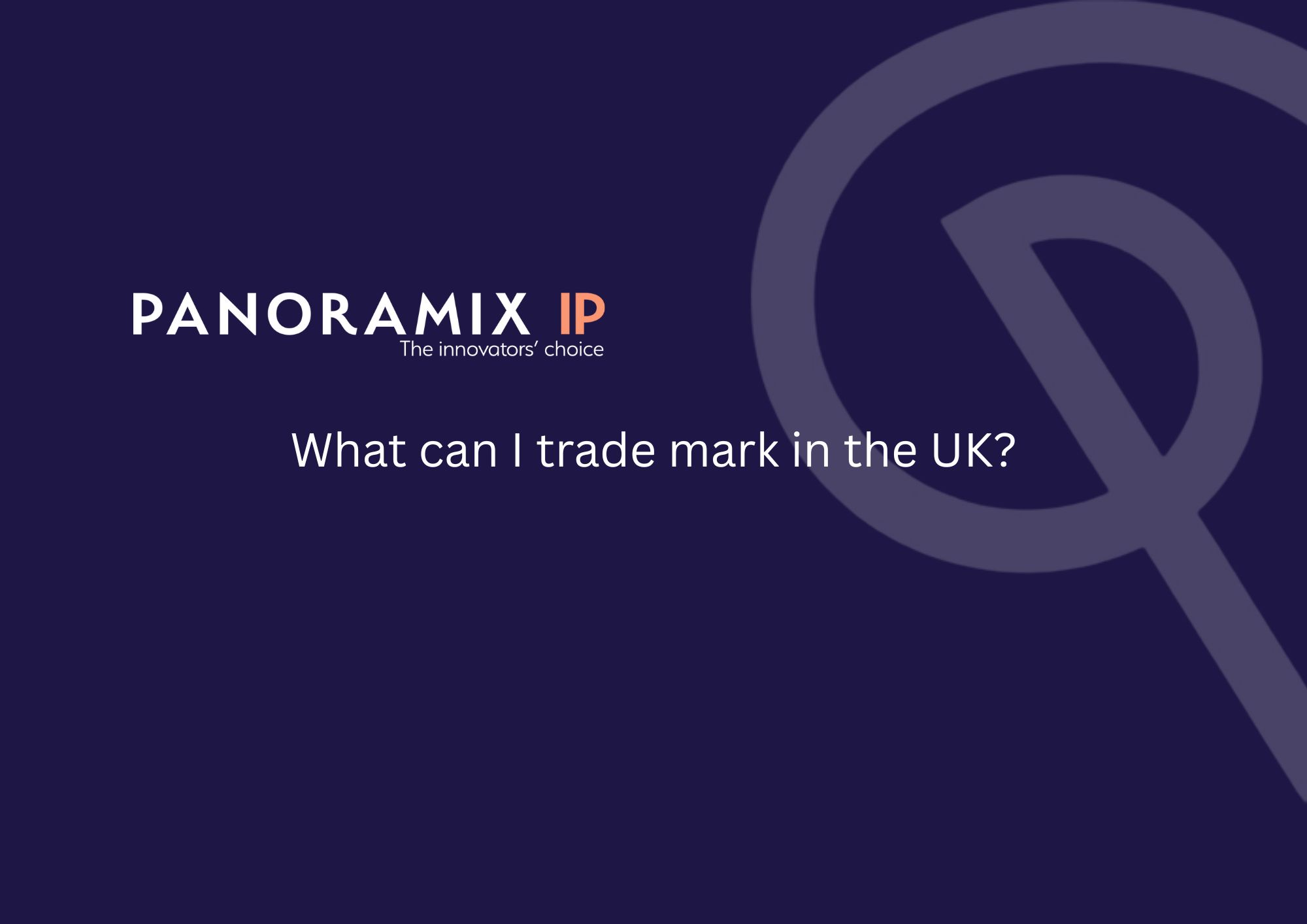Receiving a letter from a law firm can be a daunting experience, particularly when it pertains to your brand and its intellectual property. If you’ve recently found yourself on the receiving end of a letter from Briffa, a law firm specializing in intellectual property (IP) law, it’s crucial to fully grasp the potential ramifications and take appropriate action. This article aims to demystify the reasons behind such a letter, elucidate the concept of a cease and desist notice, and provide actionable guidance on effectively addressing IP infringement issues.
A letter from Briffa should be approached with careful attention to detail, as it typically contains significant information about alleged IP concerns. The letter usually delineates specific grievances regarding your use of intellectual property, which might include trademarks, copyrights, patents, or designs. Briffa represents clients who suspect that their IP rights are being infringed upon, seeking a resolution to protect their commercial interests and maintain the integrity of their brand.
Taking the time to comprehend the exact allegations is vital. The letter might reference specific instances or examples where your brand’s use of certain intellectual properties mirrors or directly copies those owned by Briffa’s client. This understanding is not only critical for your initial response but also forms the foundation for any subsequent legal or negotiation strategies you might employ.
The primary reason for receiving a letter from Briffa is their client’s belief that your brand, content, or technology is utilising their intellectual property without proper authorisation. This unauthorised use could encompass a range of elements, such as a logo, brand name, or design that closely resembles their own protected assets. Grasping the specific nature of the alleged infringement is crucial for determining your subsequent actions and developing an effective response strategy.
It’s important to note that the mere receipt of such a letter does not necessarily mean you are guilty of infringement. Sometimes, misunderstandings or overly broad claims can lead to such situations. Therefore, having a clear picture of the context and specifics of the alleged infringement is essential in charting a path forward, whether that involves compliance, negotiation, or defense.
A cease and desist notice is a formal communication demanding the cessation of an alleged illegal activity – in this context, the unauthorised use of intellectual property. This notice functions as a preliminary warning, indicating that failure to resolve the issue may result in further legal action. A typical cease and desist letter from Briffa will include several elements:
- A detailed description of the alleged infringement, specifying which aspects of the intellectual property are believed to be violated.
- Evidence supporting the claims, which may comprise examples, documentation, or references to registered IP rights.
- A clear request for you to stop the infringing activity, outlining what actions need to be taken to comply.
- A deadline for your response, establishing a timeframe within which you must act or risk escalation of the matter.
Understanding these components is essential for crafting an informed and timely response. The letter serves as both a warning and an opportunity to rectify the situation without involving the courts, often prompting a more cost-effective resolution than prolonged legal battles.
Receiving a cease and desist letter can be intimidating, but staying calm and methodically addressing the situation is crucial. Here are steps to guide you through the process:
Begin by thoroughly reading the letter to fully understand the claims being made. Pay close attention to the details and any evidence provided, as this will be instrumental in assessing the validity of the claims against you. Understanding the specifics of the allegations allows you to evaluate the situation more accurately and prepare for the next steps.
It’s also advisable to document your initial thoughts and any evidence you might have regarding the use of the disputed IP. These notes can be helpful when discussing the situation with legal professionals or when formulating your response strategy.
Before taking any action, it’s crucial to verify whether the claims of infringement are legitimate. This might involve consulting with an intellectual property attorney who can provide an expert evaluation of the situation. They can help you determine the strength of the claims and advise on the best course of action based on your specific circumstances.
An intellectual property attorney can also assist in identifying any potential defences you may have, such as prior use, fair use, or differences significant enough to negate the infringement claim. This due diligence is vital for ensuring that your response is both informed and strategic.
Once you’ve verified the claims, it’s time to consider your options:
- Compliance: If the claims are valid, you may choose to comply with the demands to avoid legal action. This could involve ceasing the use of the disputed IP or negotiating a licensing agreement that allows for its continued use under specific terms.
- Negotiation: Engage in discussions with Briffa to reach a mutually agreeable solution. This may involve modifying your use of the IP or agreeing to a settlement that satisfies both parties. Negotiation can often result in a more amicable and less costly resolution than litigation.
- Defence: If you believe the claims are unfounded, prepare a defence. This might involve proving that your use of the IP is lawful, that the IP in question is not protected, or that there is no infringement due to significant differences in design or application.
Regardless of your decision, it’s important to respond to the letter within the specified timeframe. Failing to respond could result in further legal action, potentially escalating the situation and increasing costs. A timely response demonstrates your willingness to engage with the issue and can prevent further complications.
Intellectual property is a critical asset for any business. Protecting your IP ensures your brand’s integrity and commercial success. Here are some strategies to safeguard your intellectual property:
Registering your trademarks is a proactive step in protecting your brand. It provides legal recognition and exclusive rights to use the mark in commerce, offering a solid foundation for defending against potential infringements. Trademark registration also enhances your ability to take legal action against unauthorized use, making it a cornerstone of brand protection.
In addition to legal benefits, a registered trademark can enhance your brand’s reputation by signaling to consumers that your brand is established and serious about protecting its identity. This can be a significant competitive advantage in crowded markets.
Regular audits help identify potential IP vulnerabilities and ensure your rights are up-to-date. This includes reviewing existing trademarks, copyrights, and patents, as well as assessing new developments within your brand that might require protection. By keeping your IP portfolio current, you can better defend against infringement and capitalize on new opportunities.
IP audits also help you identify potential infringements by others, allowing you to take preemptive action to safeguard your brand. This proactive approach can prevent costly legal battles and protect your market position.
Ensure your team understands the importance of IP protection and adheres to best practices. This minimises the risk of unintentional infringement and fosters a culture of respect for intellectual property rights within your organization. Training sessions, clear guidelines, and open communication about IP matters can significantly reduce the likelihood of accidental violations.
Moreover, an informed team can act as your first line of defence against potential IP issues, identifying risks early and suggesting improvements to your IP strategy. By empowering your employees with knowledge, you enhance your brand’s resilience against IP challenges.
Receiving a letter from Briffa regarding IP infringement is a serious matter that requires careful consideration and action. By understanding the nature of the letter, verifying claims, and protecting your own IP, you can navigate this situation effectively. Remember, consulting with an intellectual property attorney can provide valuable guidance and help safeguard your brand’s future.
If you have received a letter from Briffa, contact Panoramix IP today to assess your options.







